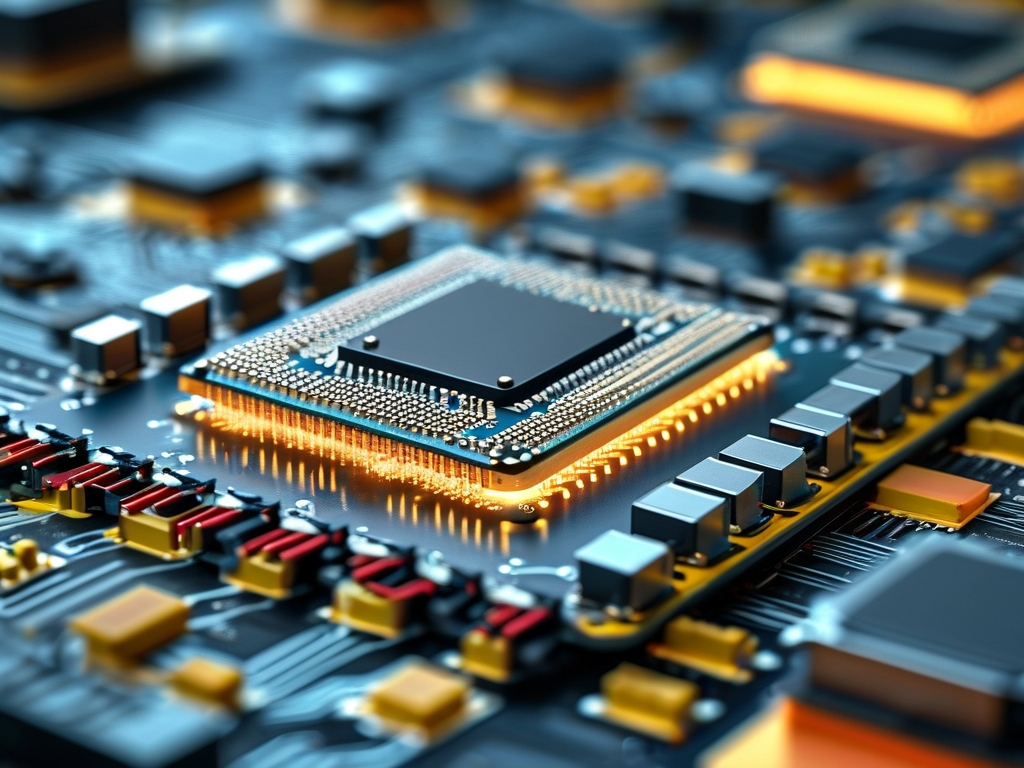In the rapidly evolving field of semiconductor technology, the concept of distributed architecture in chip design has emerged as a pivotal innovation. Unlike traditional monolithic designs, which centralize computing resources into a single processing unit, distributed architectures decentralize functionalities across multiple interconnected modules. This approach addresses critical challenges such as thermal management, latency reduction, and scalability, making it a cornerstone of modern computing systems.
Core Principles of Distributed Chip Architecture
At its core, distributed chip architecture involves partitioning a chip into smaller, specialized units that operate in parallel. For instance, a system-on-chip (SoC) might integrate separate modules for graphics processing, artificial intelligence (AI) acceleration, and general-purpose computing. Each unit is optimized for specific tasks, reducing bottlenecks and improving overall efficiency. Communication between these modules relies on high-speed interconnects, such as network-on-chip (NoC) technologies, which enable low-latency data transfer.
A key advantage of this design philosophy is its scalability. As demand for computational power grows—driven by applications like machine learning and real-time data processing—distributed architectures allow engineers to add or upgrade modules without overhauling the entire chip. This modularity also simplifies manufacturing, as defects in one section do not necessarily render the entire chip unusable.

Applications Across Industries
Distributed chip architectures are reshaping industries that require high-performance computing. In AI and machine learning, for example, neural network inference benefits from dedicated tensor processing units (TPUs) working alongside traditional CPUs. Similarly, data centers leverage distributed designs to balance workloads across servers, minimizing energy consumption and heat generation.
The automotive sector provides another compelling use case. Autonomous vehicles rely on distributed systems to process sensor data, manage navigation, and execute safety protocols simultaneously. By segregating these functions into discrete modules, manufacturers ensure that a failure in one component (e.g., a camera system) does not compromise the entire vehicle’s operation.
Challenges and Innovations
Despite its advantages, distributed architecture introduces complexities. Coordinating multiple modules requires sophisticated synchronization protocols, and power distribution across decentralized units can lead to inefficiencies. To mitigate these issues, researchers are exploring adaptive voltage scaling and dynamic frequency tuning. For example, a 2023 study demonstrated a 15% reduction in power consumption by using machine learning algorithms to predict and adjust module workloads in real time.
Another challenge lies in software compatibility. Legacy applications optimized for monolithic architectures may struggle to leverage distributed systems effectively. Industry leaders like ARM and NVIDIA are addressing this by developing unified programming frameworks, such as CUDA for parallel processing, which abstract hardware complexities from developers.
The Future of Distributed Chip Design
Looking ahead, advancements in 3D chip stacking and photonics-based interconnects promise to further enhance distributed architectures. 3D stacking enables vertical integration of modules, reducing physical footprint while improving data transfer speeds. Meanwhile, photonic interconnects—using light instead of electrical signals—could eliminate latency barriers, enabling near-instantaneous communication between modules.
In , distributed architecture in chip design represents a paradigm shift toward modular, scalable, and efficient computing. By decentralizing resources and optimizing task-specific performance, this approach not only meets current technological demands but also lays the groundwork for future innovations. As industries continue to push the boundaries of what’s possible, distributed systems will remain at the forefront of semiconductor evolution.










